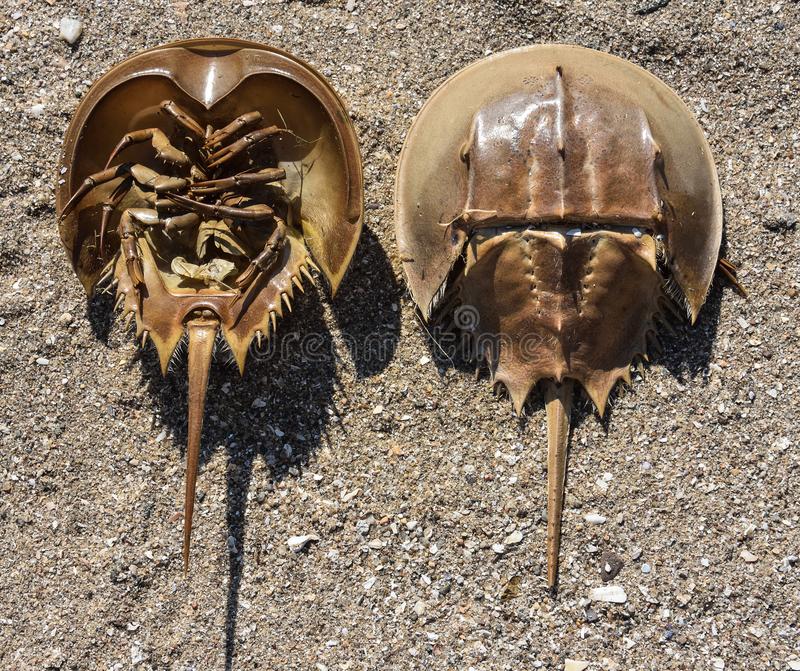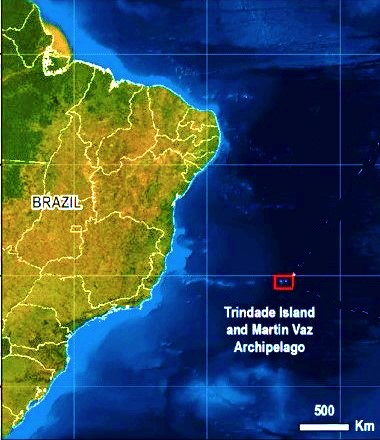India’s indigenous manned submersible ‘MATSYA-6000’ plunges into the bowels of the Indian Ocean.
The success of this mission will put India one among 6 countries to have piloted a crewed under-sea expedition beyond 5,000 metres.
References
Horseshoe crabs appear to be disappearing from their familiar spawning grounds along Chandipur and Balaramgadi coast in Odisha.

The Japanese government has imposed complete ban on Horseshoe crab fishing and they have declared the animal as an endangered species.
References
Tamil Nadu has pioneered an initiative called TN-KET across the State to reduce the mortality rate among people with tuberculosis.
Nearly 70% of all TB deaths among notified TB patients take place in the first two months after diagnosis.
References
A rock made of plastic debris, discovered in the Trindade Island is an evidence of humans’ growing influence over the earth’s geological cycles.
Trindade Island

References
Prime Minister inaugurates the Global Millets (Shree Anna) Conference at IARI Campus, PUSA New Delhi.
Millets in India
References